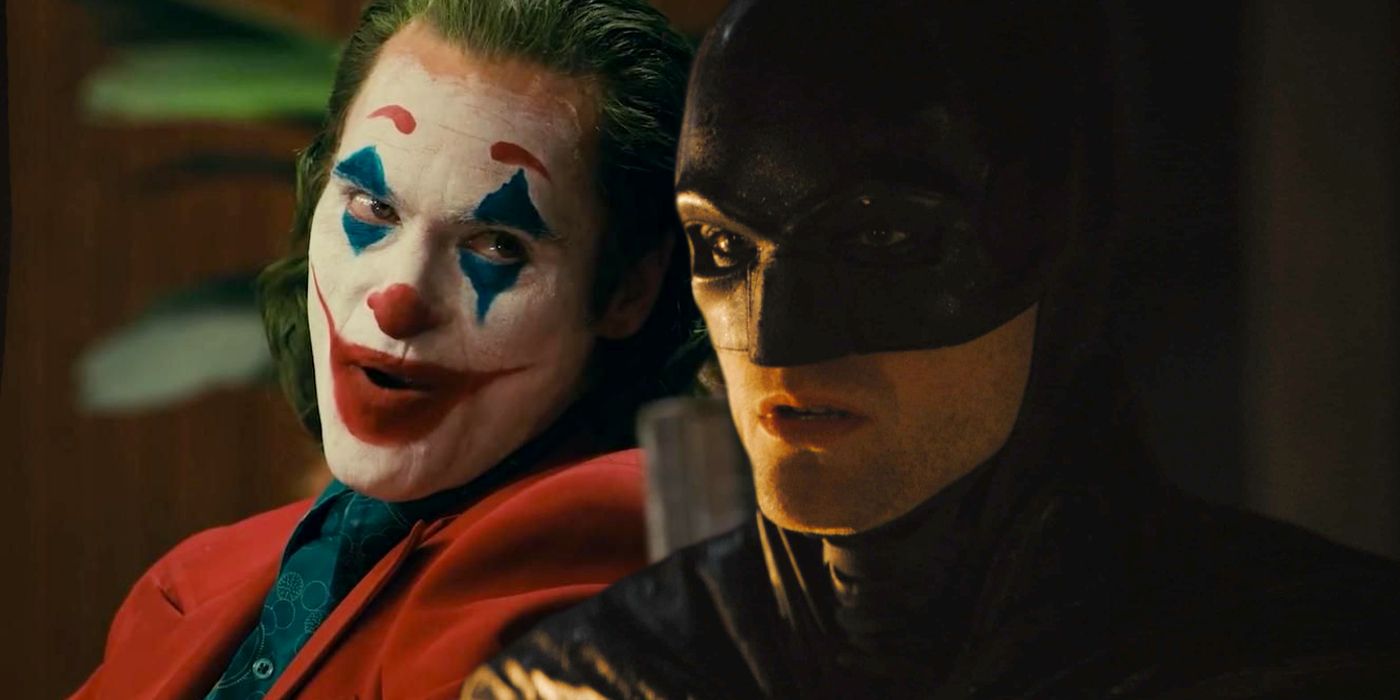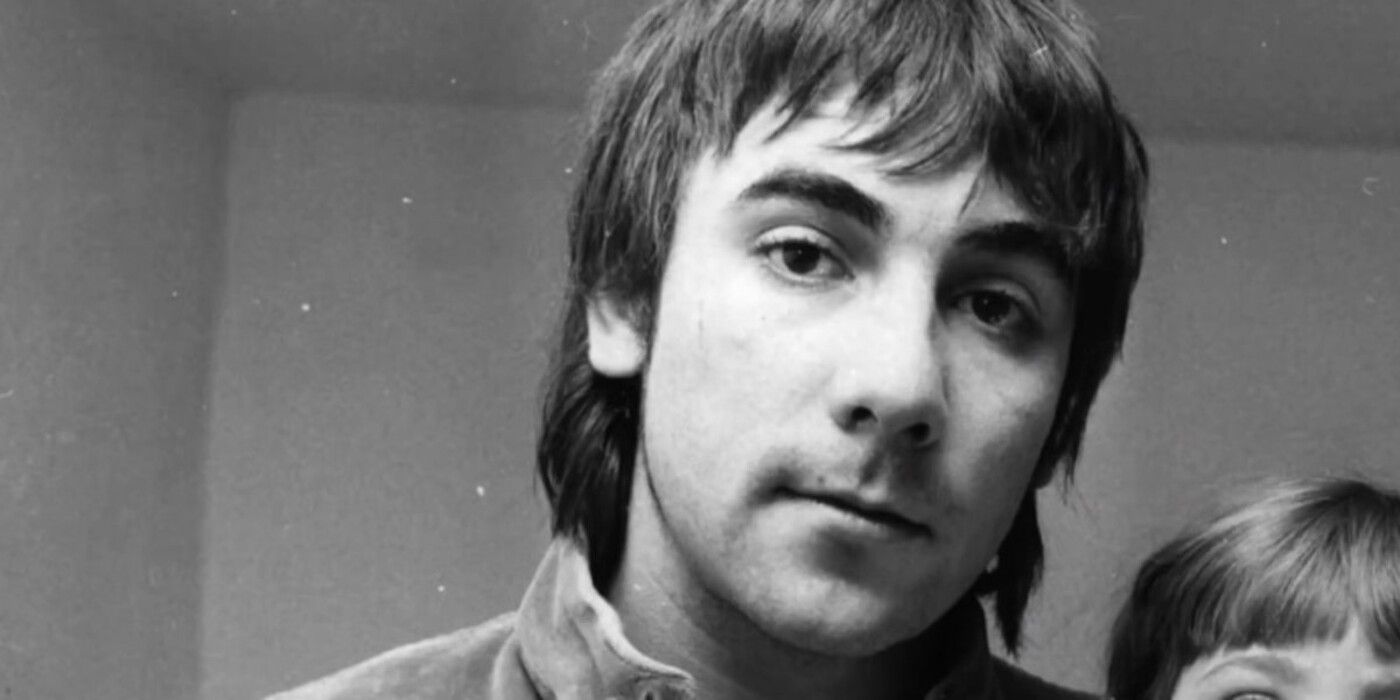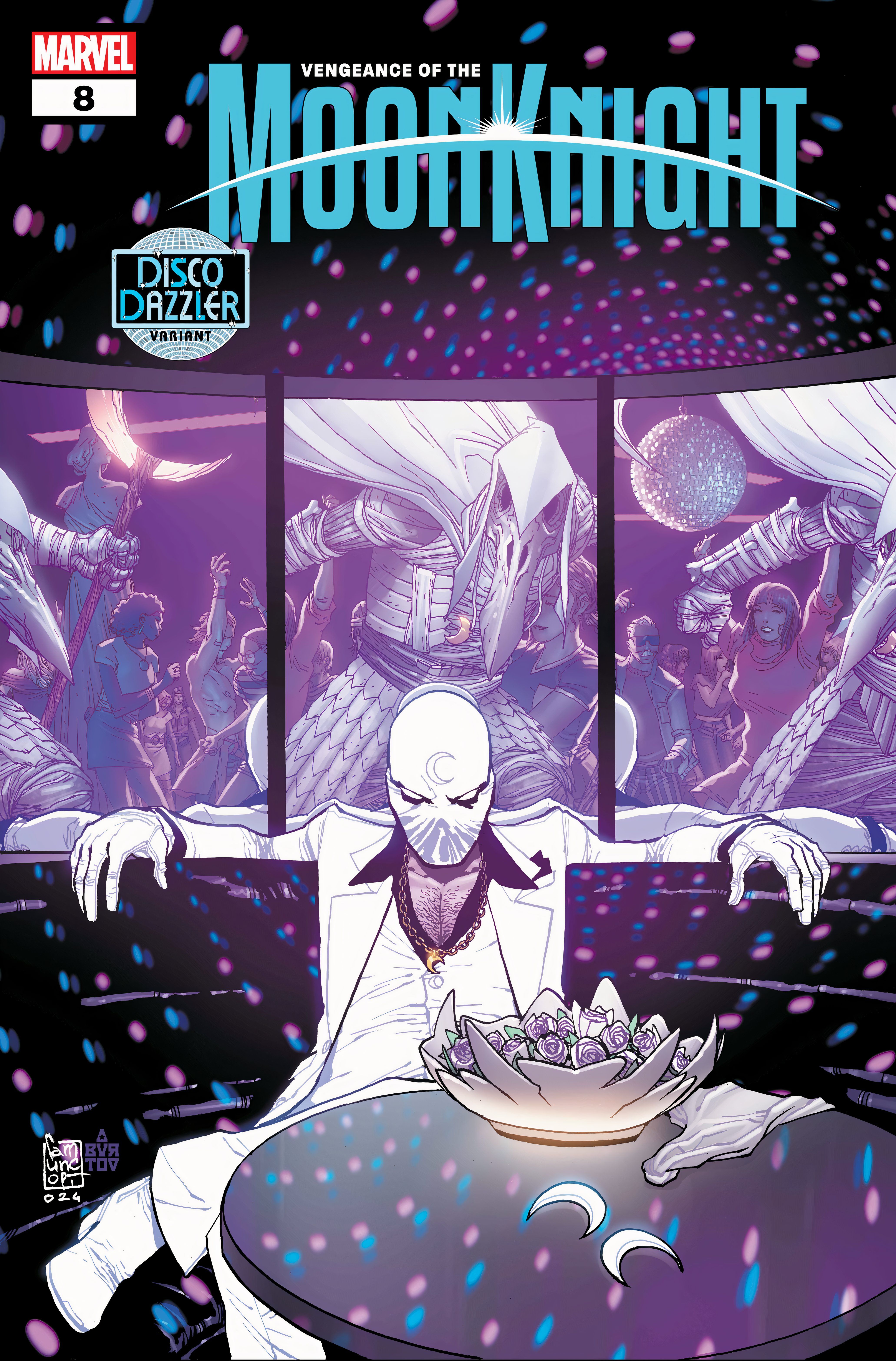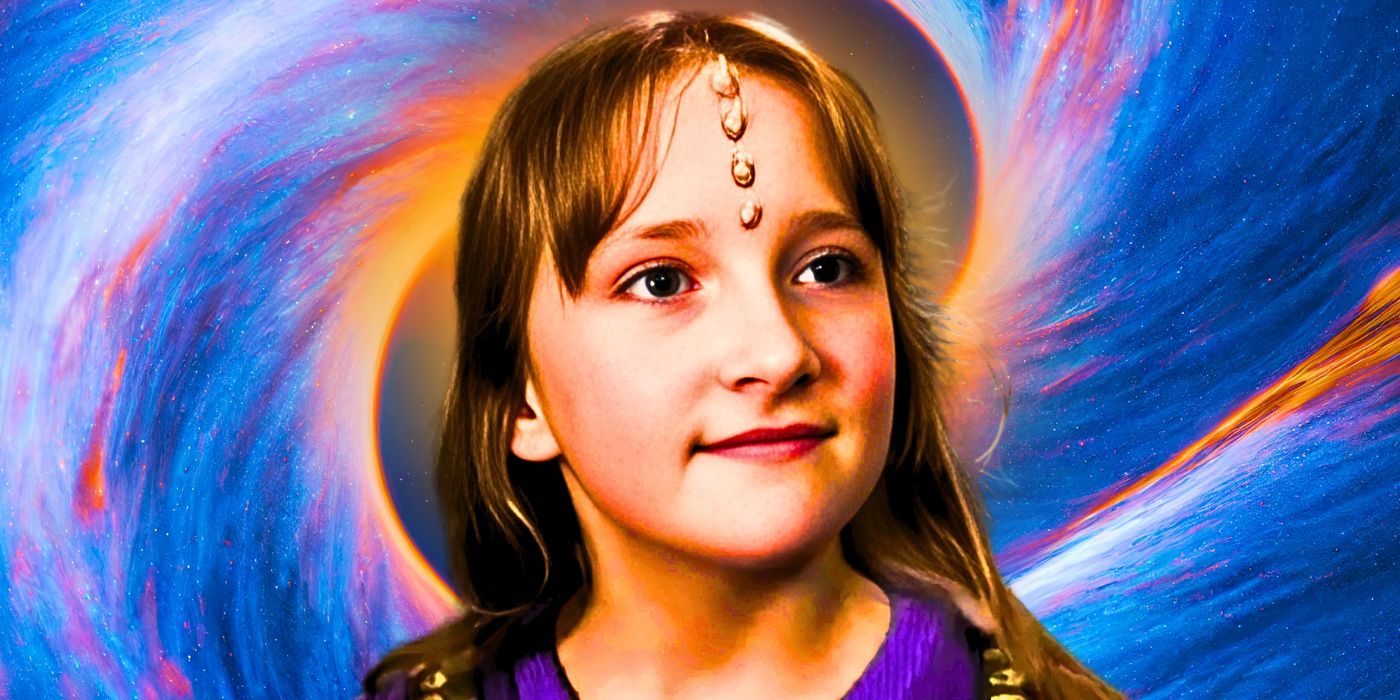The real Osage Nation chief explains his desired outcome from Killers of the Flower Moon. Martin Scorsese’s epic crime movie is based on the 2017 David Grann book of the same name. The story uncovers the mystery surrounding the 1920s murders of members of the Osage Nation. At the center of the narrative is Ernest and Mollie Burkhart, portrayed by Leonardo DiCaprio and Lily Gladstone, with the supporting cast including Robert De Niro and Brendan Fraser.
Now, the Osage Nation’s Chief Geoffrey Standing Bear discusses his hopes after Killers of the Flower Moon. Speaking with Deadline, Chief Geoffrey explains that the movie’s release comes after years of a reclamation effort by the Osage people, “which is acquiring and acquiring land that we had lost.” He thinks the film and book have “gotten a healthy discussion going” and hopes that this discussion will continue and influence the young members of the Osage Nation. Check out the full quote from Chief Geoffrey below:
Well, let me put it this way, from just my perspective as chief here, these last 10 years. And I was involved with my people before that. I’m looking at continuing what we were doing before David [Grann] arrived, which is acquiring and acquiring land that we had lost.
We purchased 43,000 acres from Ted Turner, his companies for example. We have built a cattle herd, 2000 head of cattle. We have 250 head of bison. We have, as a result of the pandemic, invested in a 40,000-square-foot greenhouse, meat processing plant. We are building our nation. Now, what this movie and book does … I believe it has gotten a healthy discussion going. There’s anger, there’s pain, there’s a further commitment to some generational trauma, treatment, discussion, therapy. We are committing ourselves more to this. But beyond that, is the discussion of our younger people, the interests of our younger people in what little we have left here. Language, culture, land. Our territories, how we use it, how that generations that are growing up now will take this energy that has been tapped into, and use it creatively. And I’m just hoping and praying that they do their best to listen to the sayings of the ancient ones, and find what is important and how to go forward. That’s beyond my lifetime, but I think this movie has that historic an effect. It is not a story told by Hollywood about us. It’s us telling Hollywood.
The Reaction To Osage Representation In Killers of the Flower Moon Explained
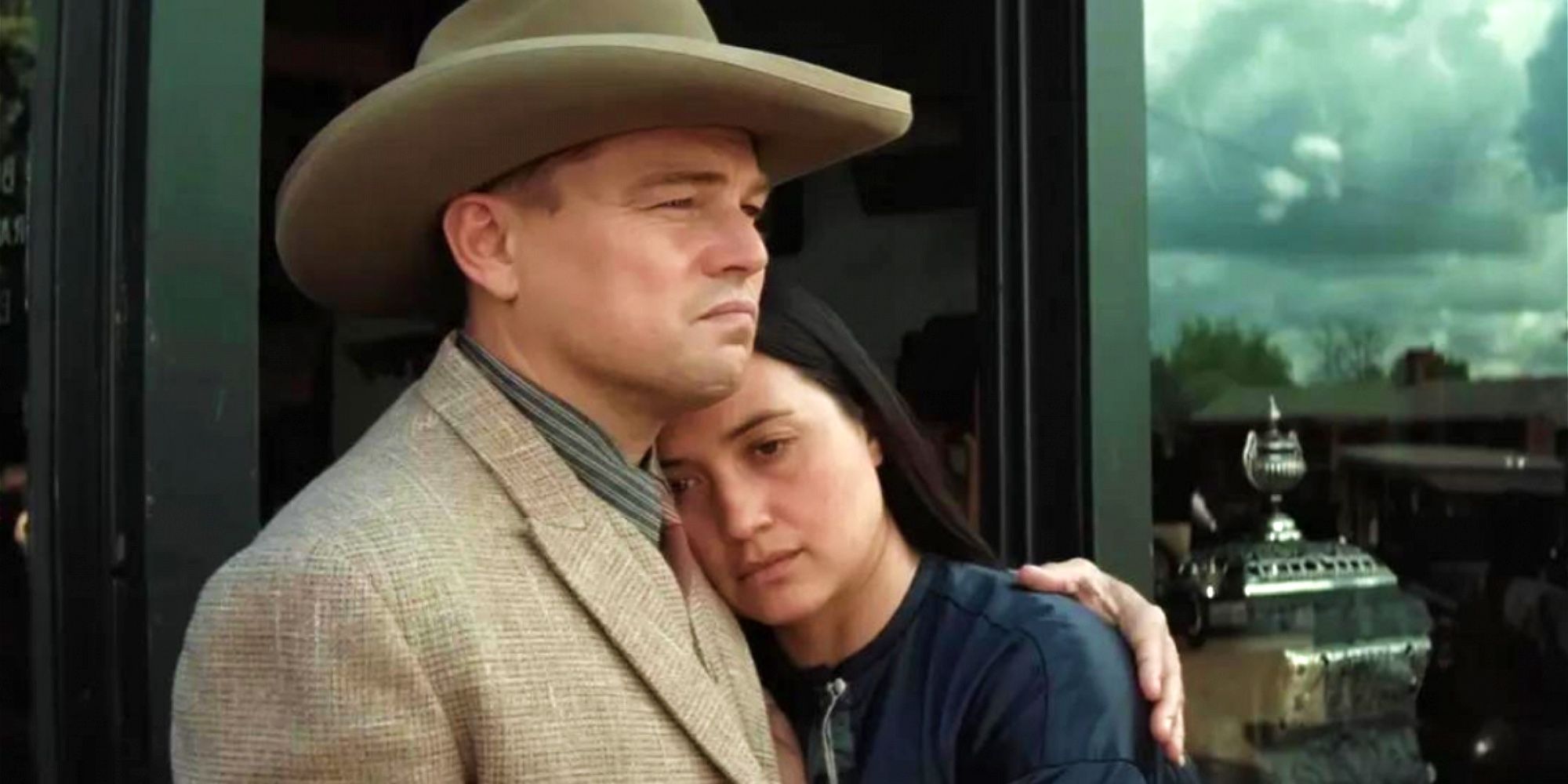
While Chief Geoffrey seems to think more positively about the epic movie, calling its impact “historic,” opinions have been split about the portrayal of Osage people. Osage language consultant Christopher Cote, for example, recently criticized Killers of the Flower Moon for its de-centering of Osage people, including Mollie, in the script. Reservation Dogs actor Devery Jacobs, who is Mohawk, also took issue with Killers of the Flower Moon, calling the portrayal of the murders “unnecessarily graphic.”
Another major clash between Chief Geoffrey’s words and those of other Native American talents is this idea that Killers of the Flower Moon is “not a story by Hollywood about [Osage people]” but rather Osage people “telling Hollywood.” In contrast, Jacobs wrote that there is an “issue when non-Native directors are given the liberty to tell” stories about Native American people. While both opinions can hold merit, the Osage Nation people were indeed consultants on the movie but not a driving creative force. Director Martin Scorsese, along with many of the production team’s most prominent figures, is White.
Though the portrayal of the Osage Nation in Killers of the Flower Moon is contentious, Chief Geoffrey is clearly right about one thing — the film has started a discussion. Even if mishandled in spots, Scorsese’s epic brings these covered-up murders to light. With the Killers of the Flower Moon ending that criticizes the legacy of over-dramatized true crime, Scorsese recognizes the complexity and nuance within telling these stories, even if it has some shortcomings in doing so.
